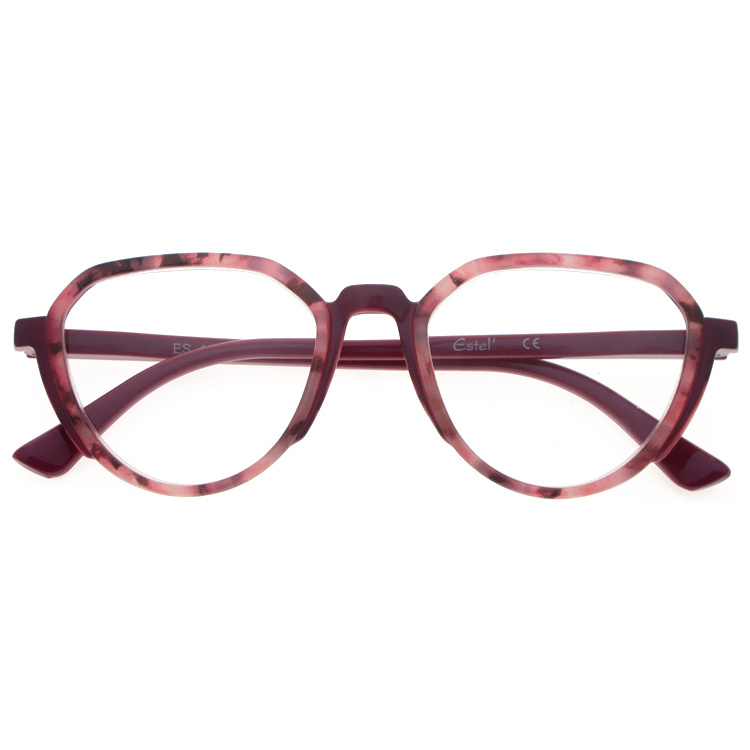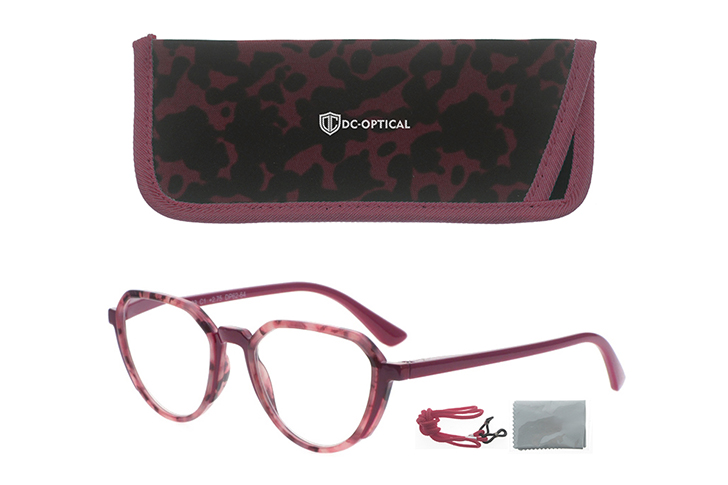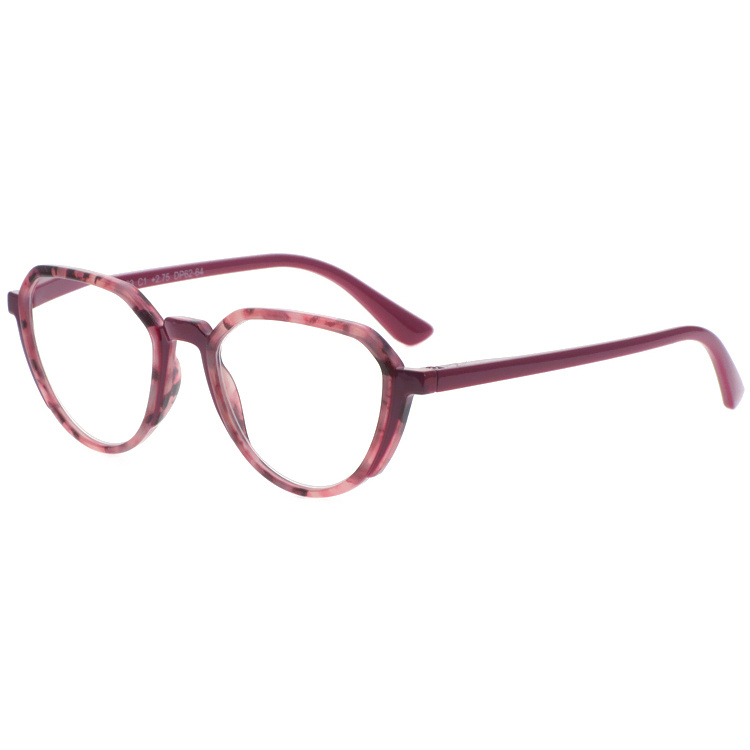Clear Vision: Choosing Between Reading Glasses and Prescription Eyewear
As we journey through life, certain changes in our bodies are inevitable, and for many, vision is one of the first areas to feel the effects of aging. If you’ve never had to rely on corrective eyewear before, navigating the world of eyeglasses can feel like stepping into uncharted territory. The variety of options available today is impressive, but can also be overwhelming. For first-time wearers, the decision often boils down to two primary choices: reading glasses and prescription eyeglasses. These two types of eyewear serve distinct purposes and are tailored to address different vision concerns. To make an informed decision, it’s important to understand the key differences between them.
Reading Glasses: A Convenient Solution for Close-Up Clarity
Reading glasses are a common go-to for adults experiencing presbyopia—a natural part of aging that typically begins to affect people between the ages of 35 and 45. Presbyopia occurs when the lens of the eye loses its flexibility, making it harder to focus on objects up close. If you’ve noticed yourself holding books, menus, or your smartphone farther away to see clearly, reading glasses might be the solution you need.
How They Work
Reading glasses are specifically designed to enhance near vision, making it easier to see text and small objects at close range. They come in standardized strengths, which are measured in diopters (e.g., +1.00, +1.50, +2.00). These strengths can be selected based on your level of difficulty with close-up tasks.
Key Features
- Accessibility: Available over-the-counter at pharmacies, grocery stores, and online, reading glasses are easy to find and purchase without a prescription.
- Affordability: Generally inexpensive, they offer a cost-effective solution for occasional use.
- Limitations: While convenient, reading glasses are not customized to your unique vision needs. They are not suitable for correcting other vision issues, such as astigmatism or nearsightedness. Additionally, they are designed for part-time use and may not provide clarity for mid-range or distance vision. For those who require a more versatile option, bifocal reading glasses are available. These feature two distinct optical powers—one for close-up tasks and another for distance vision.
Prescription Glasses: Tailored Precision for Any Vision Challenge
Unlike reading glasses, prescription eyeglasses are custom-made to address an individual’s specific vision condition. Whether you’re dealing with nearsightedness (myopia), farsightedness (hyperopia), astigmatism, or presbyopia, prescription glasses are designed to provide precise correction tailored to your eyes.
The Process of Personalization
To obtain prescription glasses, you’ll need to visit an eye doctor for a comprehensive eye exam. During this appointment, the optometrist will determine the exact measurements and specifications needed to correct your vision, ensuring the lenses are optimized for your unique requirements.
Advantages of Prescription Eyewear
- Customized Correction: Prescription glasses are crafted to address your specific vision needs, offering clarity and comfort that generic reading glasses cannot match.
- Versatility: They can be designed for full-time wear, addressing a range of visual distances, from close-up to far away.
- Quality and Durability: Typically made with high-quality materials, prescription glasses offer superior lenses, sturdy frames, and a variety of stylish designs to suit your preferences.
- Specialized Options: Prescription lenses can include additional features, such as anti-glare coatings, blue light filters, or transitions that adapt to changing light conditions. While prescription glasses are more expensive than over-the-counter reading glasses, their tailored design and durability make them a worthwhile investment for long-term vision health.
Which Option Is Right for You?
The choice between reading glasses and prescription eyeglasses ultimately depends on your specific vision needs. If you only struggle with near vision and require occasional assistance for tasks like reading or sewing, reading glasses may suffice. However, if you experience broader vision challenges or need eyewear for full-time use, prescription glasses offer a more comprehensive solution. For the best results, it’s always wise to consult an eye care professional. An eye exam can provide valuable insights into your vision health and ensure you’re equipped with the right tools to see the world clearly.
By understanding the unique benefits and limitations of both reading glasses and prescription eyewear, you can confidently choose the option that best supports your lifestyle and vision needs. After all, clear vision is not just a convenience—it’s a gateway to experiencing life’s moments with clarity and focus.
Post time: Aug-11-2025









